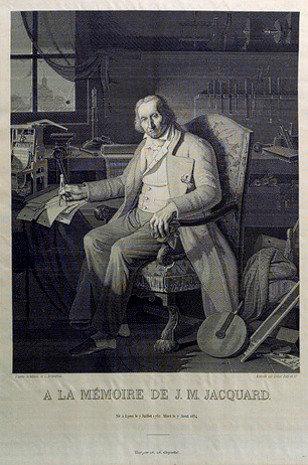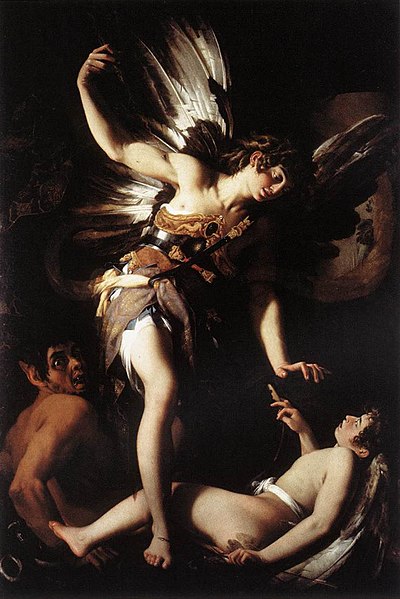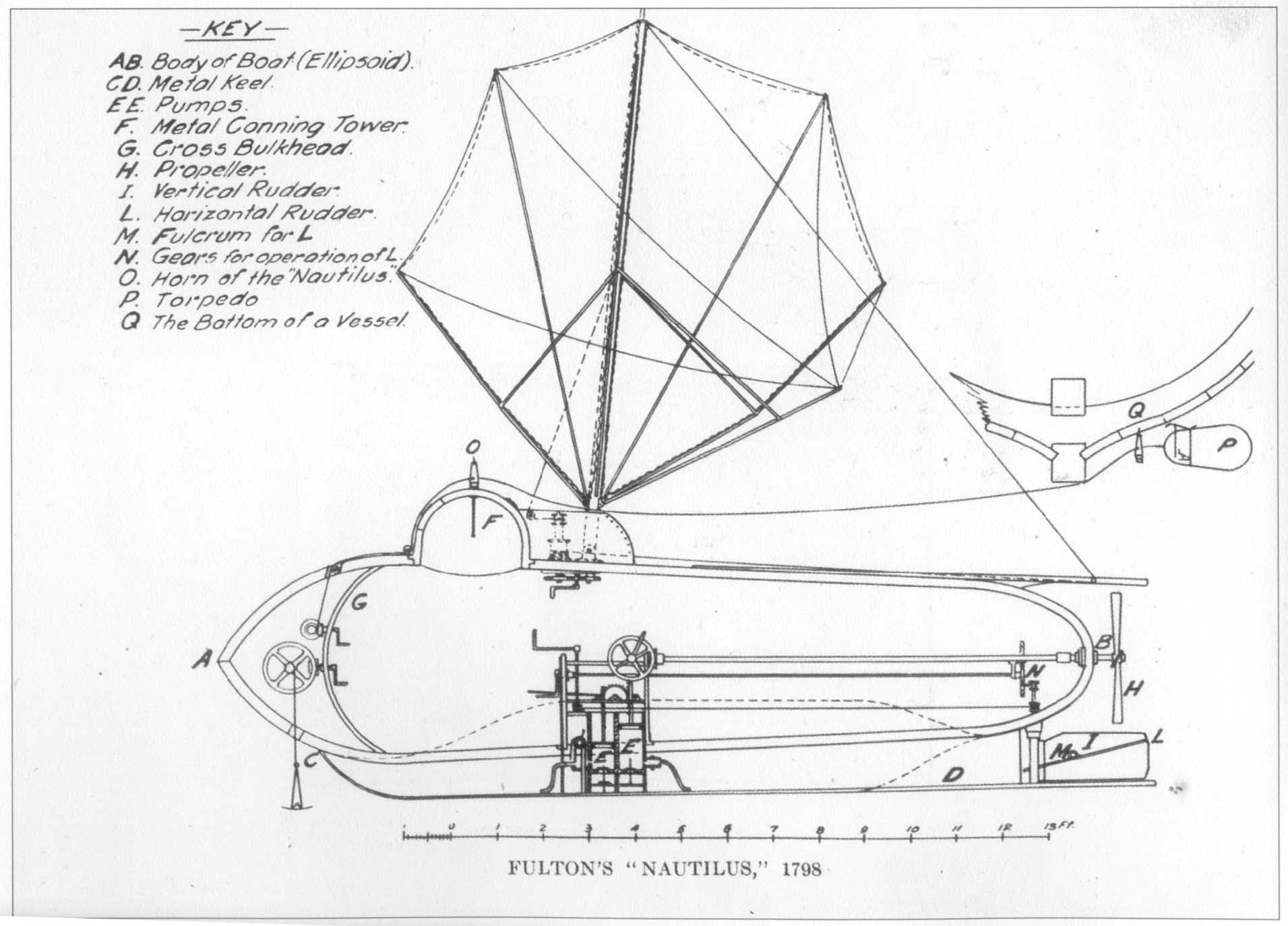In many instances, art has influenced science. Many inventors have artistic training. The majority of Nobel laureates are active in some sort of artistic expression as adults such as singing, dancing, woodwork, writing poetry or literature, and so on.
Here are some examples of the influence art has had on science.
Cell phone encryption
This is based on frequency hopping which was invented by the composer George Antheil in collaboration with the actress Hedy Lamarr.
TV & Computer Screens
The combination of red, blue and green dots was an innovation by a collaboration of a series of painter-scientists (e.g., American physicist Ogden Rood and German Nobel laureate Wilhelm Ostwald) and post-impressionist artists such as Seurat.
Programmable Devices & Digital Images
The first programmable device was invented by
Joseph Marie Jacquard to control the looms that made his tapestries. Babbage, who owned a portrait of Jacquard woven in silk and requiring 24000 punch cards to produce, was inspired to use the same technique in his analytical engine.
Jacquard also made the first digital images out of black and white threads.
Computer Chips
Computer chips are made using three art techniques: etching, silk screen printing, and photolithography.
Satellite Images
Data from NASA and NSA satellites is enhanced using artistic techniques such as
chiaroscuro (strong contrast between light and dark) and false coloring (the
Fauvists - using colours other than those which are seen naturally) so important information is more easily seen.
Camouflage
Camouflage was invented by an American painter,
Abbot Thayer. He wrote a book called 'Concealing Coloration in the Animal Kingdom: An Exposition of the Laws of Disguise Through Color and Pattern; Being a Summary of Abbott H. Thayer’s Disclosures' which was published by Macmillan in 1909 and reissued in 1918. It influenced the use of camouflage in World War I.
Suturing
When the French President, Sadi Carnot, was attacked with a knife, his large abdominal veins were severed. Surgeons of the day concerned they were too large to be reconnected. Following this
Alexis Carrel set about working out how to suture blood vessels. In order to do this, he took lessons from
embroiders and a lace maker. He came up with a method called
triangulation, for which he became a Nobel laureate.
Pacemaker
A pacemaker is a modification of a musical metronome.
(Couldn't find any more info on this.)
Notation
A
system of notation developed by a dance theorist, Noa Eshkol and architecture professor, Avraham Wachman is used in dance, physical therapy, animal behaviour and early diagnosis of autism.
Stent
Through
origami, insights have brought forward technological advances involved in car airbag deployment and stent implants.
Bridge
Bridges are often designed by artistically trained engineers.
Artists
Often inventors are artistically trained.
Samuel Morse
Samuel Morse, a prominent artist, invented the telegraph. When he was painting a portrait of Gilbert du Motier, his wife was taken ill. By the time Morse received notice of this and rushed home, she was already dead. Because of this, he moved on from painting to developing a means of long distance communication.
Robert Fulton
Robert Fulton, who invented the steam ship, was also a prominent artist.
Alexander Graham Bell
Alexander Graham Bell, from his knowledge of sound and understanding of music, conjectured that it would be possible to transmit multiple messages over the same wire at the same time, if they were at different pitches. This idea led to the invention of the telephone.
Buckminster Fuller
Buckminster Fuller's geodesic domes
led to the invention of a new kind of chemical nanoparticle called Buckminsterfullerene or buckyball. They also aid understanding of cell and virus structure which permits new biomedical insights, and thus the creation of new medicines.
Kenneth Snelson
Kenneth Snelson is an artist who works with physical forces in 3D. His work on
tensegrity has applications in biology.
Art of Science Learning Blog
Bioephemera






No comments:
Post a Comment